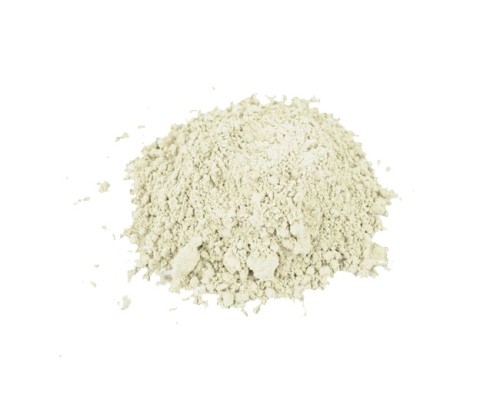How is Cricket Powder Sustainable?
To answer this we must first look at our current situation in the world. The human population grows by about 70 million people every year. At the current rate, The United Nations expects the population to grow to more than 9 billion people by the year 2050. As the population grows, it is ever more critical to reduce our levels of consuming resources from the earth and it’s biosphere.
We use approximately 70% of agricultural land and 30% of the total land on Earth to raise livestock to meet our daily need for protein. Thus, it is neither feasible nor sustainable to expand the amount of land needed for livestock productions. In order to combat this problem, it is important to use sources of high quality animal protein which will reduce the amount of pollution, habitat destruction, and abuse of natural resources.
Good News! Crickets offer a much more efficient and cleaner way to meet our animal sourced protein and nutritional needs than traditional livestock! Cricket Powder is an innovative and sustainable food ingredient for providing high quality complete protein. When comparing crickets to vertebrate livestock crickets require less land, water, feed and pesticide use than all other livestock by far. Cricket farming also contributes much less to climate change by generating much lower levels of greenhouse gases. These fantastic animals also compete less with the human food supply since they can eat non-human food plants or agricultural byproducts. It is estimated that crickets are as much as 20 times more efficient to raise for protein than cattle.

Some Facts and Figures to Consider for Cricket Powder Sustainability:

Feed Use
Feed Conversion Ratio for crickets is far superior to that of other livestock such as cattle. To generate 1 kilogram of digestible animal requires: 25 kg of feed for beef, 9.1 kg of feed for pork, 4.5 kg of feed for chicken – yet only 2.1 kg of feed for crickets! This is largely because insects such as crickets are poikilothermic (similar to “cold blooded”), meaning that they do not require energy calories to regulate their body temperature such as mammals and birds. Thus, those calories are more efficiently utilized to build cricket muscle and body mass! Less feed use can also mean much less pesticide and land use (less feed crops – less pesticide and land use). Also, since crickets are insects, they are VERY sensitive to pesticides, so feed crops used to grow crickets MUST have low levels of pesticide or it just won’t work for growing crickets!
Water Use
It takes approximately 13,400 gallons of water to generate 1 pound of beef. However, to generate the same amount of digestible cricket meat requires only 240 gallons of water! This is largely because insects such as crickets are designed with a tough exoskeleton which prevents them from drying out. They are also designed to derive much of their water from their feed diet and their digestive systems are highly efficient at conserving water rather than excreting it. (bugs don’t pee!)
Land Use and Impact
Hundreds of thousands of acres of forest have been burned or cleared to create grazing fields for beef production. This results in extensively damaged ecosystems, native species habitat reduction, and is a major contributor to global warming. Additionally, the EPA reports waste from animal agriculture operations has polluted 35,000 miles of rivers in 22 states and contaminated groundwater in 17 states.
Current estimates are that it requires approximately 8 square meters to grow a pound of cricket. However, it takes a whopping 115 square meters to generate the same amount of beef! Additionally, since crickets and other insects are small, they can be grown (and humanely) in small containers and boxes. This allows their production to be modularized and fit in just about any space, whereas livestock such as cattle often require large pastures for them to roam. Additionally, crickets and other insects are probably the only animals ideal for VERTICAL FARMING and URBAN agriculture. Imagine, insects can be farmed in abandoned warehouses and even SKY SCRAPERS, further decreasing their land use and making them even more sustainable! Insects are probably also the only animal livestock which can be farmed in SPACE!


